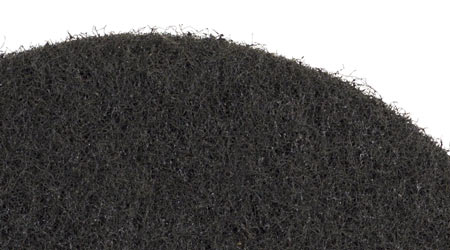
Contributed by Impact Products.
You always need the right tools for the cleaning job at hand, and one tool that is often overlooked in floor care - as to its importance - is the floor pad.
Many people think the only difference between floor pads is their color. The color of the pad only suggests how it is to be used, for polishing, scrubbing, stripping, etc.
However, selecting a quality, high-performance pad can make your floor care job easier, faster, far less labor intensive, and more profitable, says Dennis Knapp, director of product development at Impact Products, a leading manufacturer of floor pads.
According to Knapp, here are the four things to look for when selecting a high-performance floor pad:
Open Web Design
An open web design allows soils to collect between the pad's fibers, totally removing them from the floor. This design also makes it much easier to wash soils from the pad, and it dissipates heat so the pad will last longer.
Fiber Denier
Denier refers to the thickness of the pad's fibers. Higher-quality fiber is the most important criterion when selecting floor pads. While all pads have some percentage of thinner fibers, long-lasting, high-performance floor pads are made with a greater percentage of heavier fibers to ensure longer service life.
Resiliency
Most floors have imperfections with some areas higher or lower than others. A resilient floor pad is able to adjust to these imperfections, providing effective floor cleaning without damaging the pad. A simple way to test a pad's resiliency is to pinch its edges between your fingers. If it bounces back quickly, it's a high-performance pad with resiliency.
Proper Aggressiveness
A pad's aggressiveness is based on a combination of factors: the use of high-quality fibers; binders that help put a shine on the floor; resin, which binds the materials together. While it is always best to use the least aggressive pad possible to do the job, when you need an aggressive pad, you want it to be there.

 The Down and Dirty on Cleaning in Virus Season
The Down and Dirty on Cleaning in Virus Season How Surfactant Use is Expanding in Commercial Cleaning
How Surfactant Use is Expanding in Commercial Cleaning Clean Buildings Conference
Clean Buildings Conference